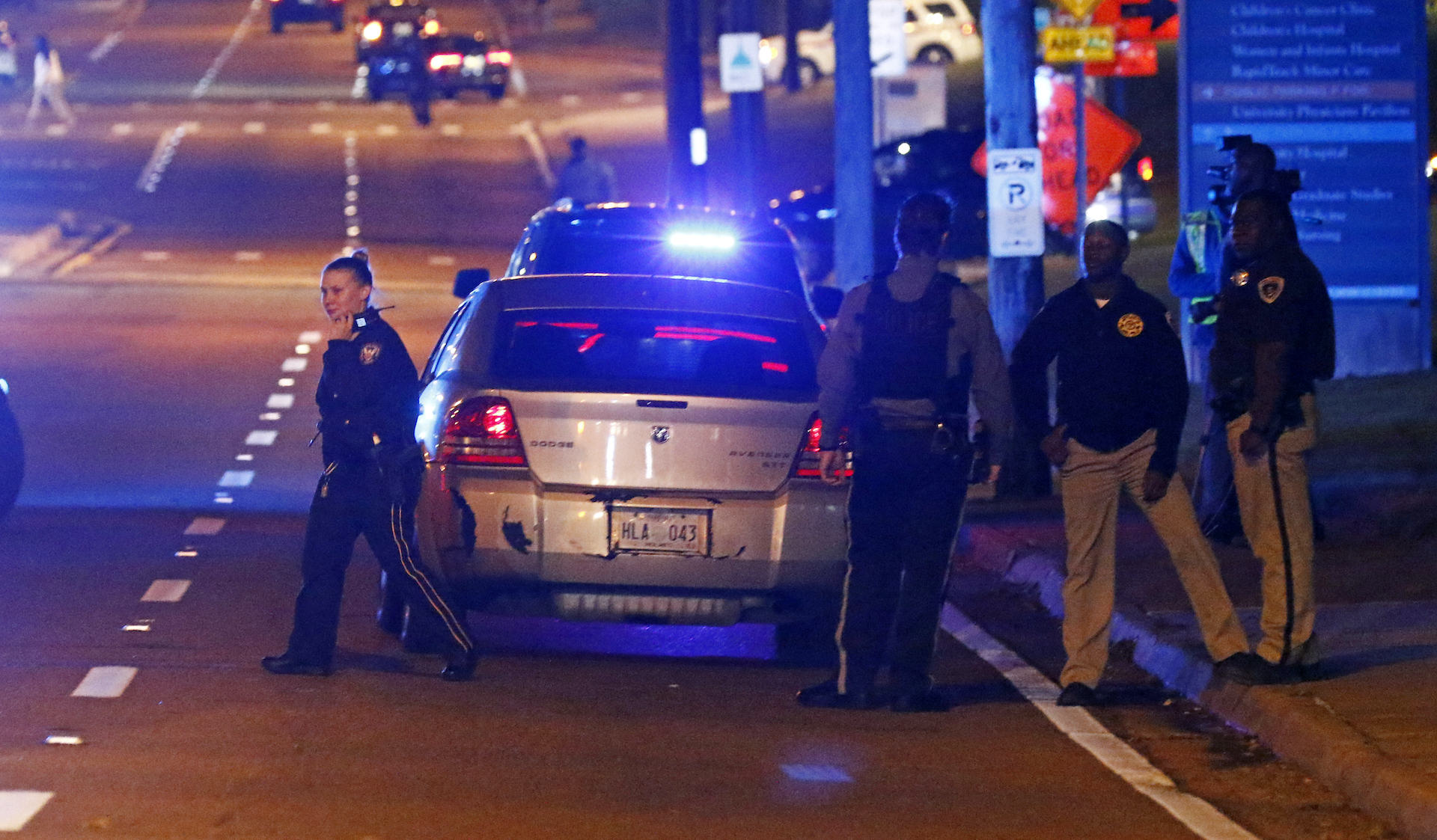National media butchers Mississippi Highway Patrol story

Last week, a video of an altercation between a Mississippi Highway Patrol officer and a citizen in McComb went viral. The short clip showed a patrolman, Hayden Falvey, tackling a cuffed Eugene Lewis into a ditch.
Falvey is white. Lewis is African American. The video quickly made its way to national media outlets, with suggestions of racially motivated police brutality and allusions to the tragic George Floyd incident.
As controversy surrounding the incident began to reach fever pitch, the Department of Public Safety released its own video.
This one, forty minutes long, showed how a routine traffic stop led patrolman Falvey to determine that Mr. Lewis was driving on a suspended license under the influence of marijuana. It showed how Falvey had placed Mr. Lewis under arrest and in his cruiser before Lewis’s brothers arrived and began screaming at Falvey. It showed how Lewis had simply gotten out of the cruiser as Falvey sought to calm the commotion with his brothers and how he refused to comply as the officer attempted to restore order.
Patrolman Falvey was outnumbered for a long time in an increasing tense situation with someone who essentially refused to be arrested. There was no evidence of racial motivation or that Mr. Lewis was in any health danger.
In view of the longer video, this story has largely slunk back onto the ‘nothing burger’ shelf, but it highlights a few things.
1. The men and women who put on badges face dangerous circumstances most of us cannot fully understand. This does not justify when officers abuse authority, but it does draw into focus the importance of good training and the need to ensure that our laws do not create unnecessary grounds for conflict between officers and citizens through over-criminalization.
2. In any story that seems sensational, there is almost always some context that makes it less so. We must fight the urge to jump to the conclusion that supports our natural bias. This means not assuming that every interaction officers have with people of color is rooted in racism. It also means not assuming that officers are always right.
3. This incident highlights the pivotal importance of audio and visual recordings of police interactions. Body cameras are not just about protecting the public but serve to protect both citizens and law enforcement.
Knowing that an interaction is being recorded creates a deterrent effect on bad behavior before a stop even begins. It helps to correct false accusations. And if the interaction actually turns negative, it provides unbiased evidence of what unfolded.
Body cameras not only stop “he said, she said” incidents, but in an era where every onlooker has a news camera in their pockets, they prevent gross distortions of events that result from clipping or editing.
Unfortunately, Mississippi law enforcement has not adopted body camera technology in a meaningful and consistent way. Even this incident’s video primarily came from cameras inside the cruiser and the phones on-site.
In-state and national media should do better both in their investigations and with what often seem like targeted efforts at stoking social unrest, irrespective of the truth. But our state can also do better at using technology to protect both citizens and law enforcement.
